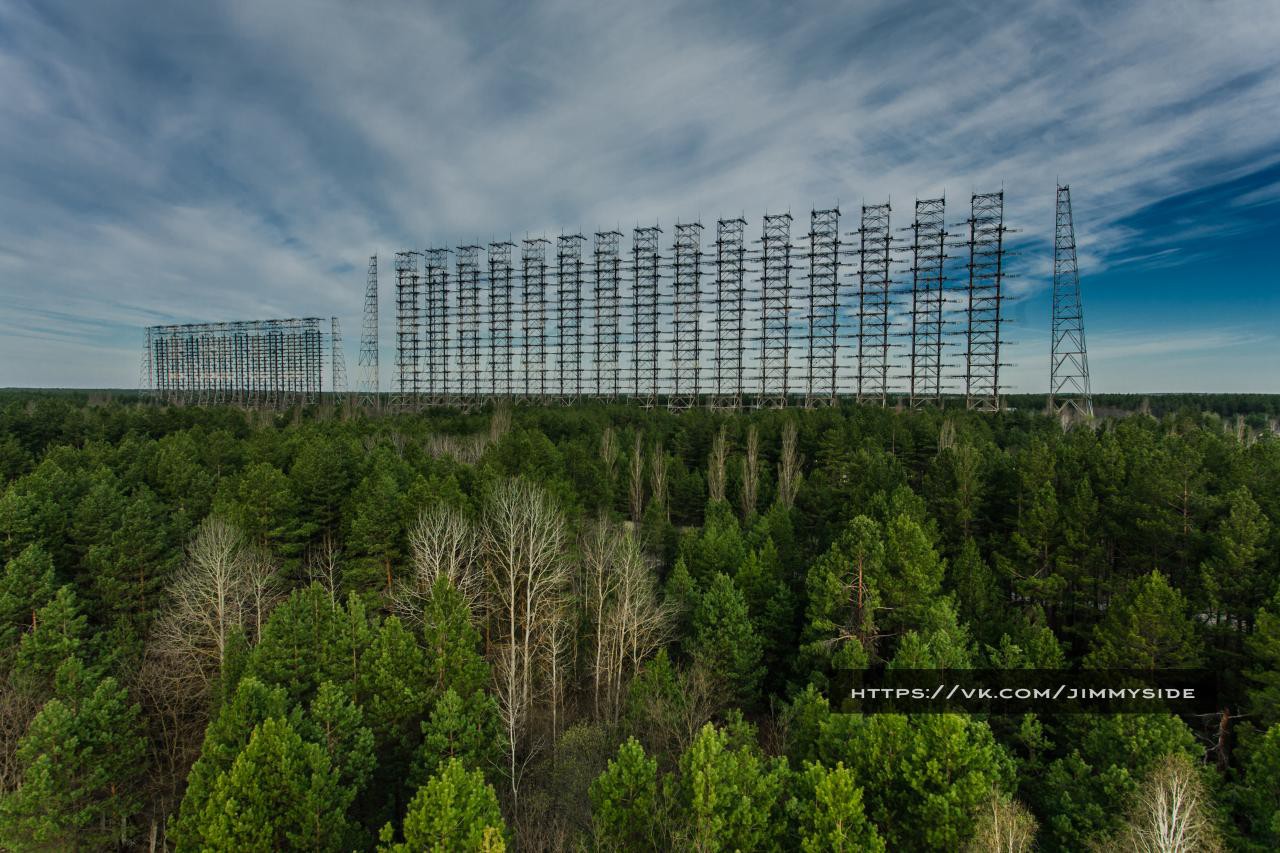-
Thunderf00ting stratoplant pt 1: power, and heatsink size
04/15/2018 at 01:11 • 0 commentsLet's assume we put one heatsink on top of Everest, and another one down at sea level. Yes, this is better than a best-case scenario, but it should at least give some insights, how stupid this idea really is =)
Let's aim for output power of 1 GW, which is about the power of a good nuclear reactor (electrical output).
We have a temperature drop of about 60 K. I think it's best to let half of that drop to be left to heatsink-vs-air drops, and half to the engine (this comes from the idea, that load resistance should match the internal resistance a battery to get as much power on load as possible).
So the engine will operate with heater temperature of about 285 K, and cooler temperature of 255 K. So, a best possible engine efficiency (carnot cycle) is 11.7%. (this is low, so essentially all the heat absorbed by the ground heatsink will flow into the strato-heatsink)
For 1 GW output power, we thus need 8.5 GW of heat flux.
For our temperature drop of 60 K, to achieve that heat flux, we need total air-to-air thermal resistance be 7.06e-9 K/W. So the thermal resistance of heatsink has to be 1/4th that, 1.76E-09 W/K.
It’s hard to calculate the actual size of the heatsink needed, but I can calculate, how much air does it have to pass through itself, assuming the air comes out with the temperature of heat carrying liquid.
Heat capacity of air, Cp, can be calculated from ideal gas laws. It is k*(gamma)/(gamma-1) per molecule, where gamma is 1.4 for diatomic gases (air is made mostly of diatomic molecules, so it applies). See Wikipedia. After I did all conversions, I got:
On top: it takes 4.38E+02 J to heat 1 m3 of air by 1 K.
On ground: 1.17E+03 J/(m3 K)
So, a heatsink will need minimum airflow of 1.30E+06 m3/s on the mountain-top side, and 4.86E+05 m3/s on the ground.
The average wind speed on top of Everest seems to be circa 28m/s (100 kph), so the heatsink must be sweeping an area of 4.66E+04 m2. For ground one, I took a more-or-less random value I found on the internet for wind speed, 10 m/s (that’s quite high, very good for wind turbines). The sweep area for ground one is almost the same, 4.86E+04 m2.
Just to put it into perspective, if we are to make the heatsink of square cross-section, the side of the square is circa 220 m (720 ft). It does sound like pretty big, but not impossibly big. Constructing such a thing on top of Everest is going to be super challenging, though.
This looks like about the right size:
![]()
So, this was the best case. And it seems pretty impractical already. Now if I start listing things that I missed, it feels hopeless.
* there is no sea-level place next to Everest, we won’t have this temperature drop
* there is only one Everest on earth. And the world is not packed with mountains approaching it, not even remotely!
* I assumed, heat can be transferred to top of Everest with negligible temperature loss. I have not tried to estimate such a system yet, but I have a feeling it is going to be epic impractical.
* I assumed constant wind direction, and no wind resistance of the heatsink, and perfect temperature exchange
* I assumed perfect carnot-cycle heat engine,
* and 100%-efficient electric generator,
* and no power loss for pumping liquid to top of Everest.
* and I bet I overlooked some other losses I didn’t even think of.
Stratoplant - a powerplant that cools Earth
Generate electricity by cooling the planet, using temperature difference between stratosphere and troposphere
 DeepSOIC
DeepSOIC